



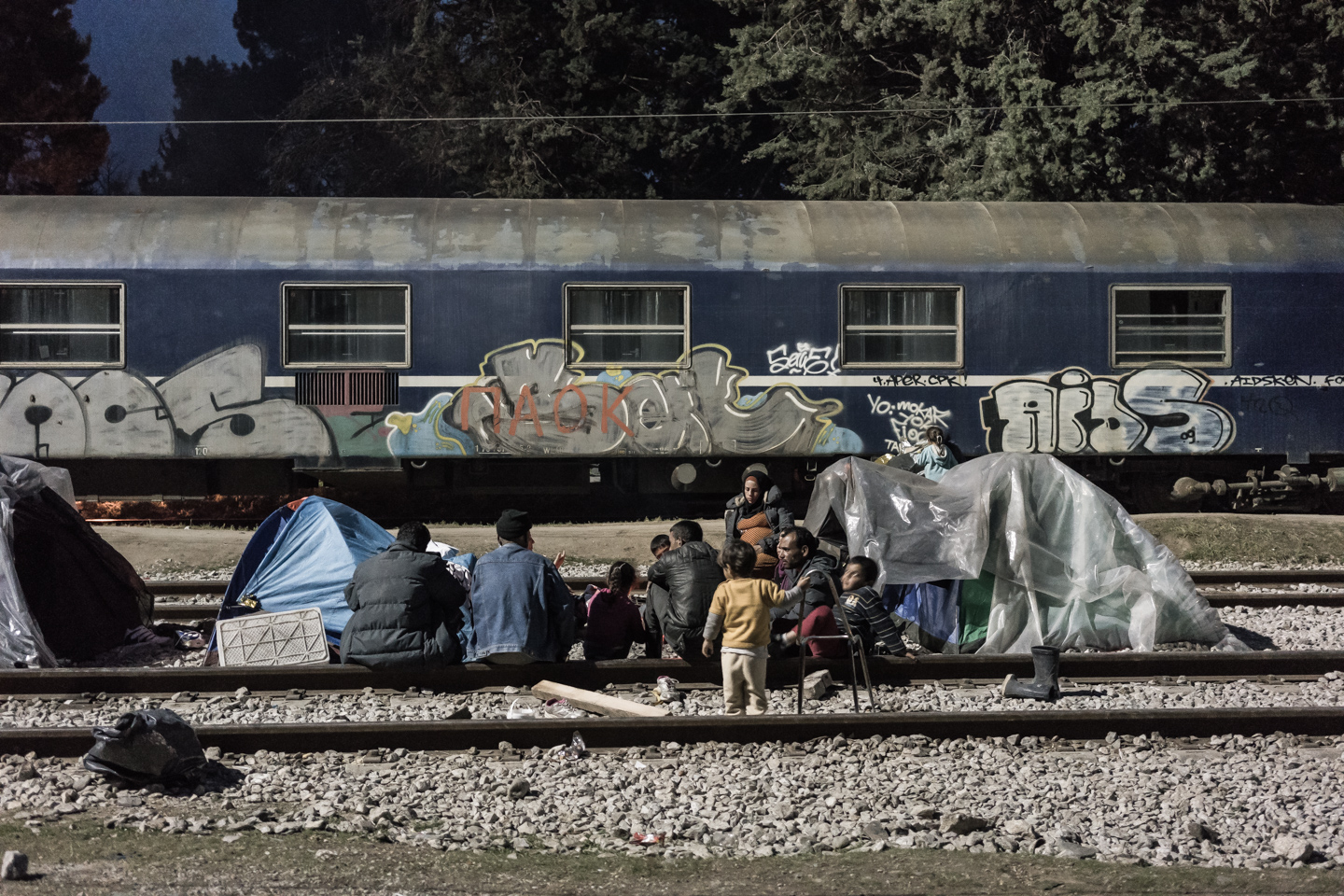





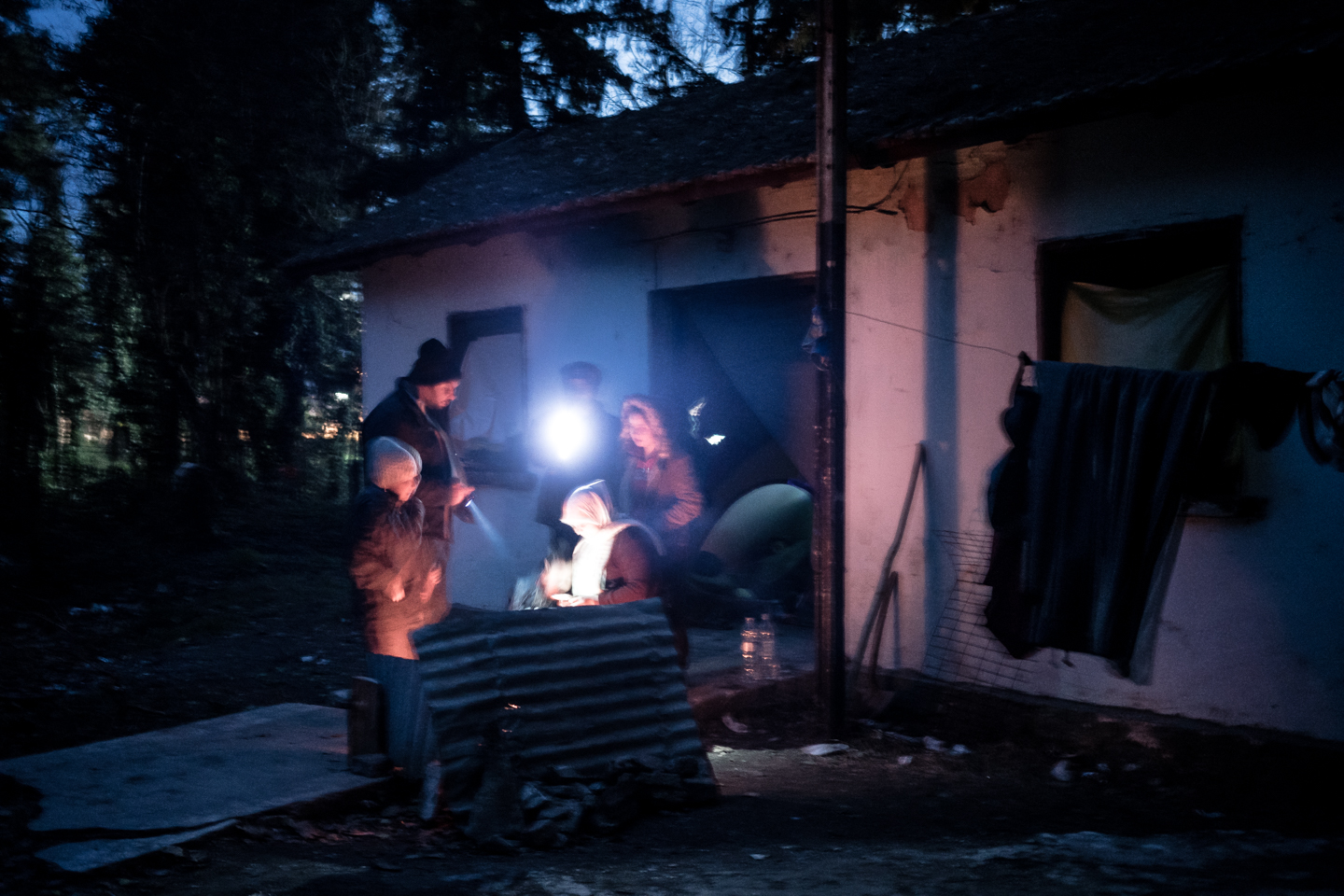










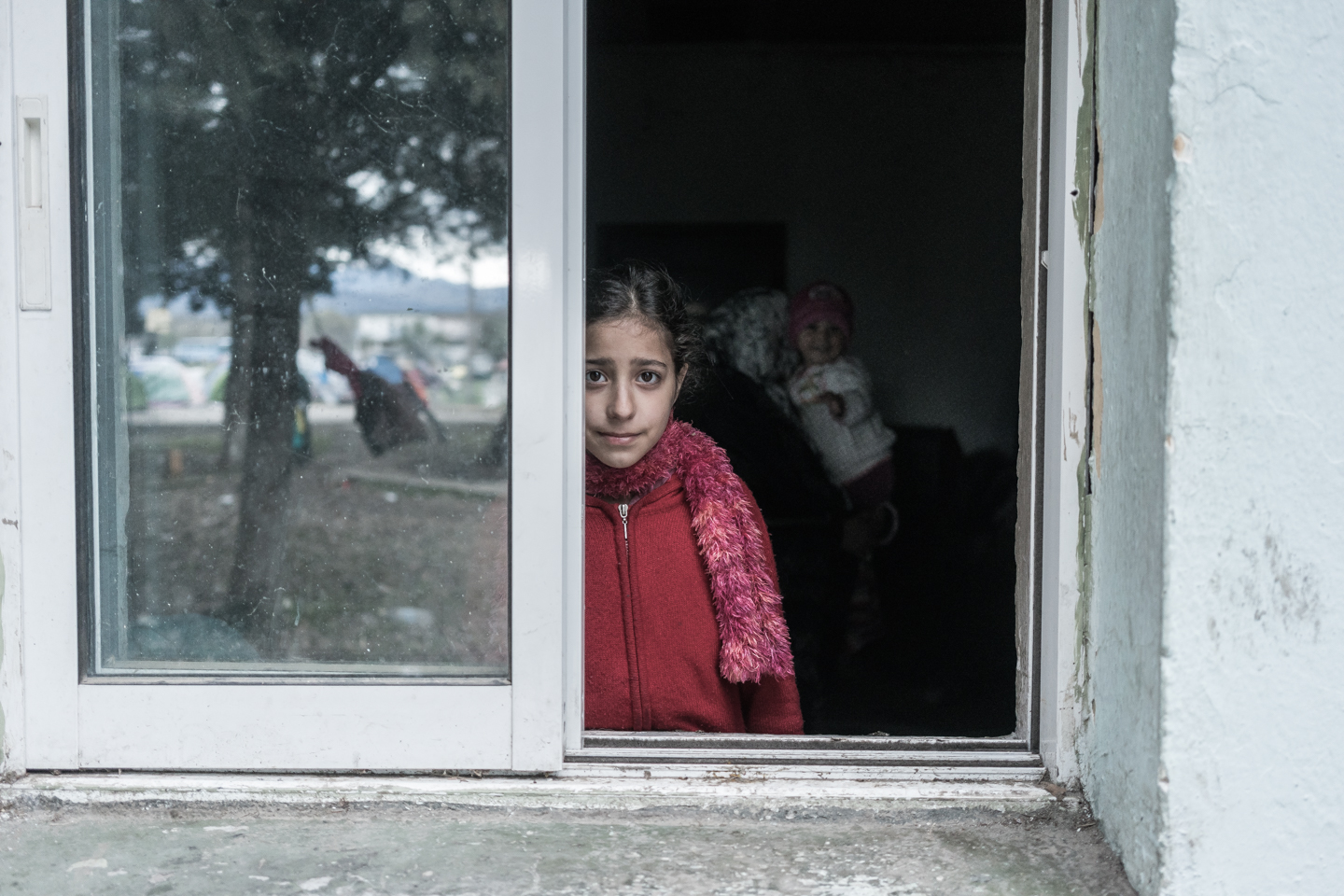



Idomeni or Eidomene is a small village in Greece, near the borders with the FYROM. Eidomene is mentioned by Strabo at his work Geographica and by Thucydides at his work History of the Peloponnesian War. The village railway station is the last one someone meets leaving Greece by train to the north.
Since 2014, refugees from Syria, Afghanistan, Pakistan and other countries of the Middle East began to crowd to Idomeni in order to pass the Greek borders in order to continue their journey to Western Europe. In late 2015, FYROM decided to close and guard its borders by military force in order to prevent the refugees by entering the country. Thus thousand of refugees ended stuck in an improvised camp in Idomeni. This vast camp is mainly set in the fields near the international railway network. In May 2015, Greek authorities began relocating refugees from the Idomeni camp to processing facilities mostly in and around the city of Thessaloniki.
Idomeni, till it was dissolved, became one of the biggest refugee camps in Europe.


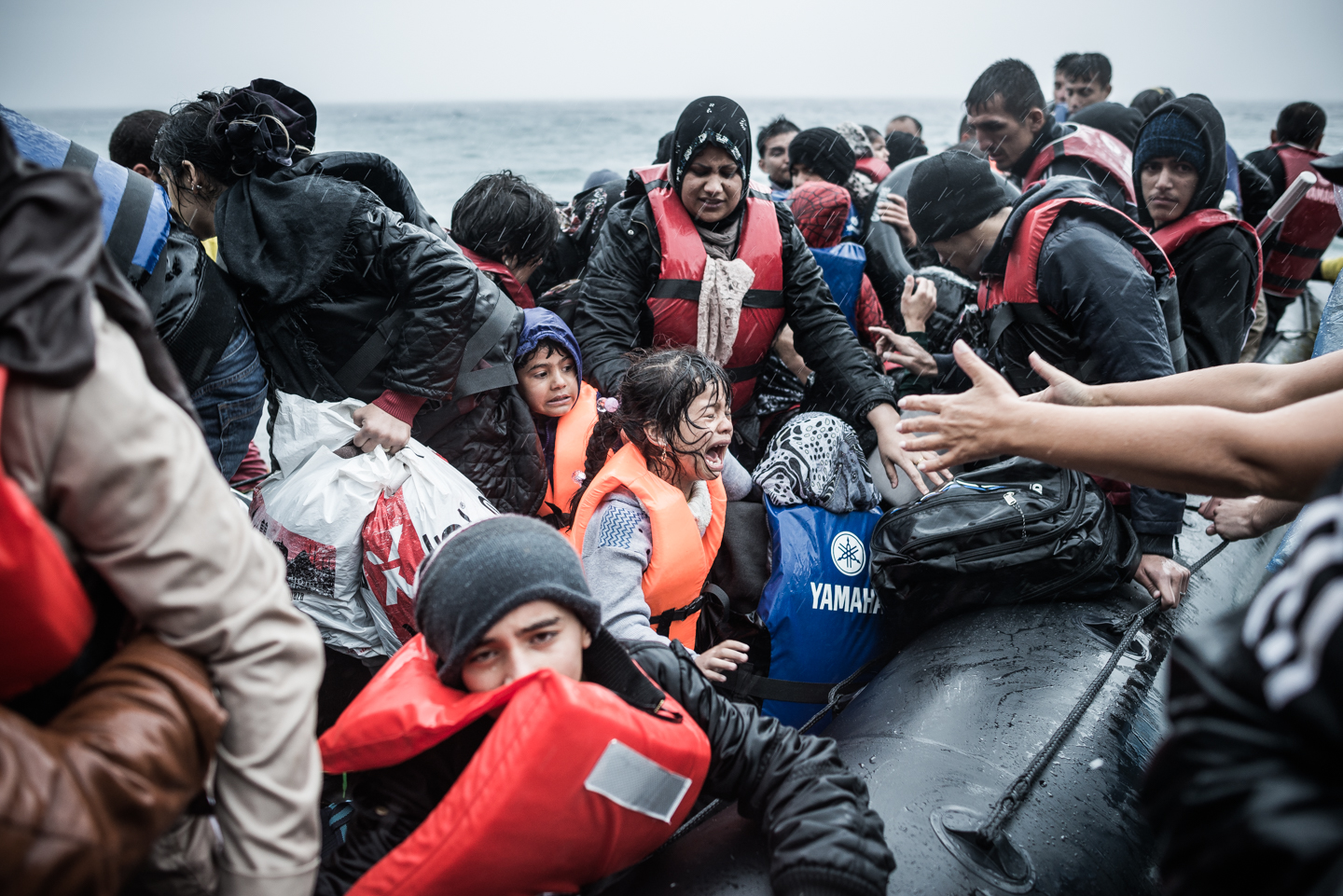



















In September 2011, Greece started constructing a 12,5 Km anti-immigration fence across Evros River which is the natural Greek-Turkish border. From December 2012 (when the fence was completed) the safest and easiest route to Europe has been shut down.
In 2015 the influx of refugees and migrants traveling across the Mediterranean Sea dramatically increased resulting to an unprecedented refugee crisis across Southeast Europe. According to UNHCR, approximately 850,000 refugees and migrants, including children, arrived in Greece by sea in 2015. More than 60% of these arrived in Lesbos, a Greek island around eight nautical miles from the Turkish coast. The main countries of citizenship of asylum seekers, accounting for more than half of the total, were Syria, Afghanistan and Iran.
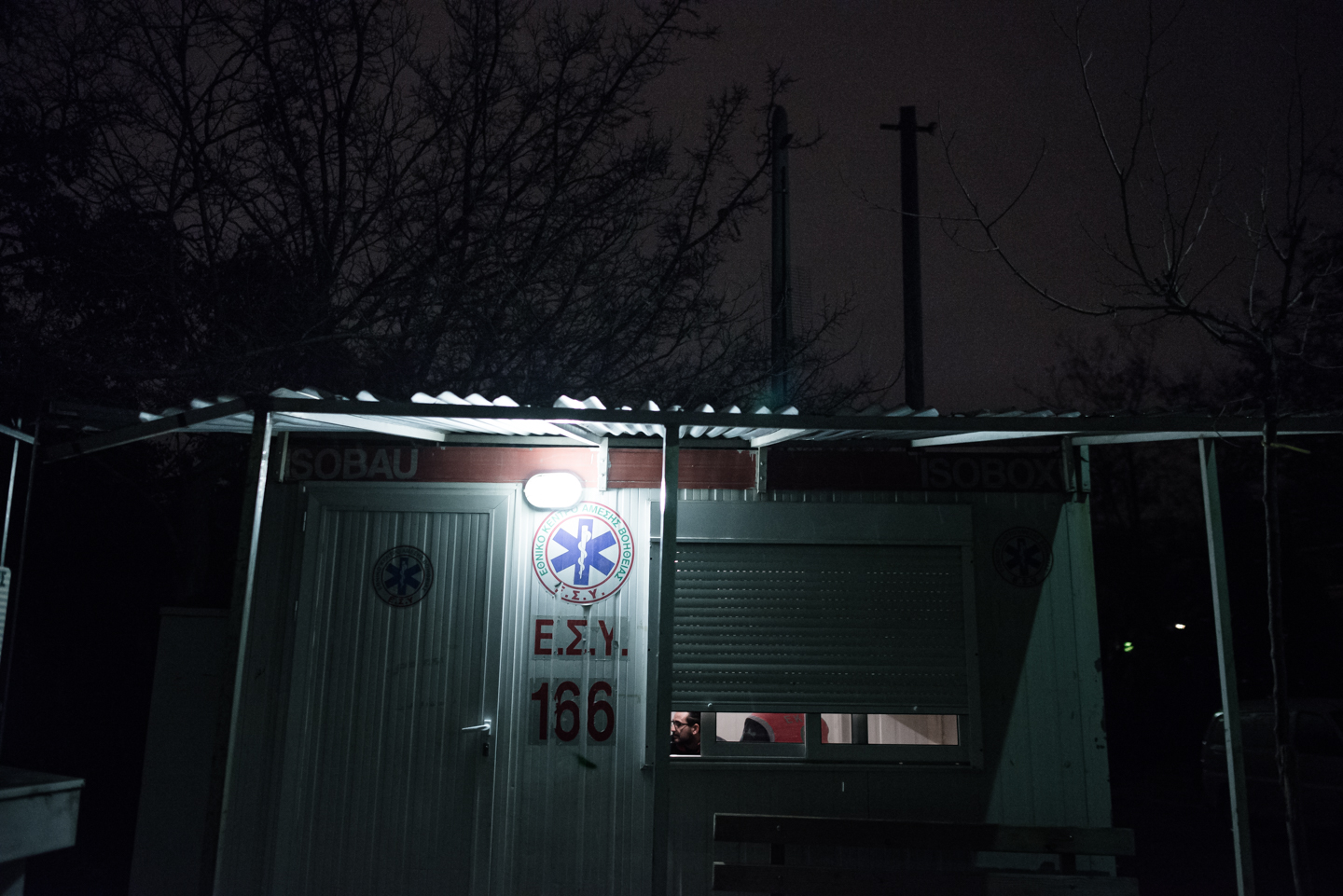









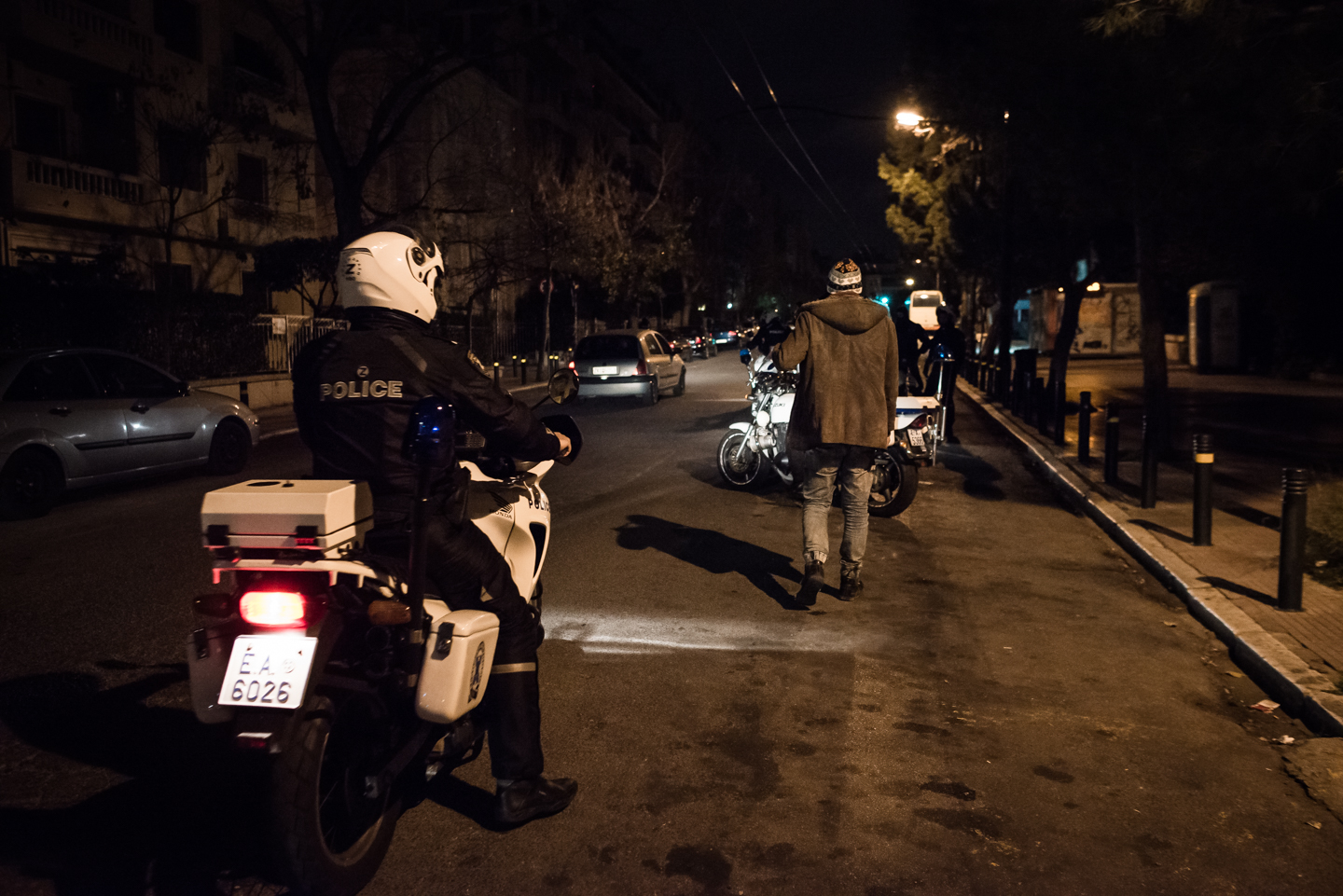




Two nights onboard with the crew of the “A10” labeled emergency ambulance (of the National Emergency Center, EKAV) in the streets of central Athens, Greece during their late night shifts.
Story for VICE GREECE / 2016
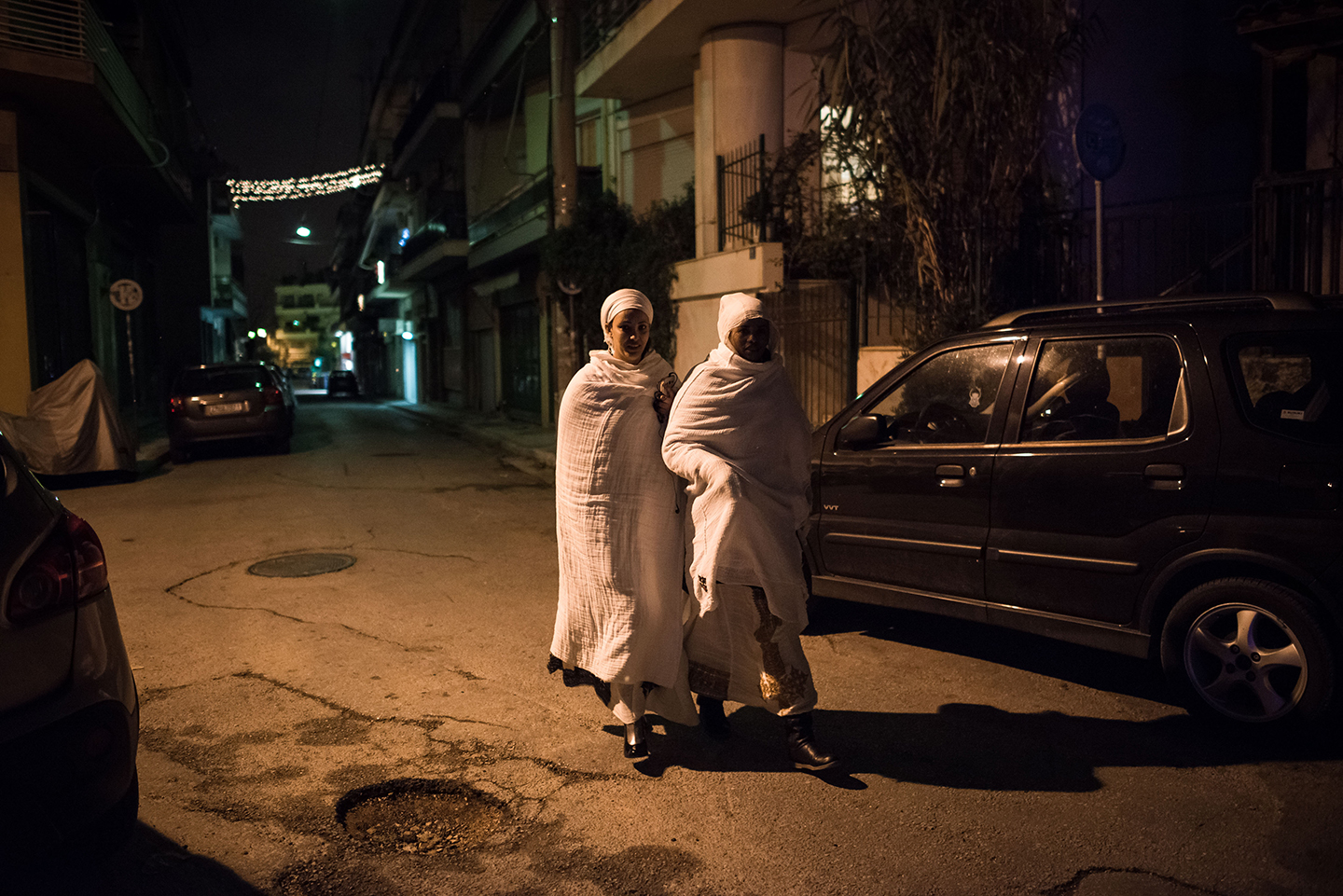


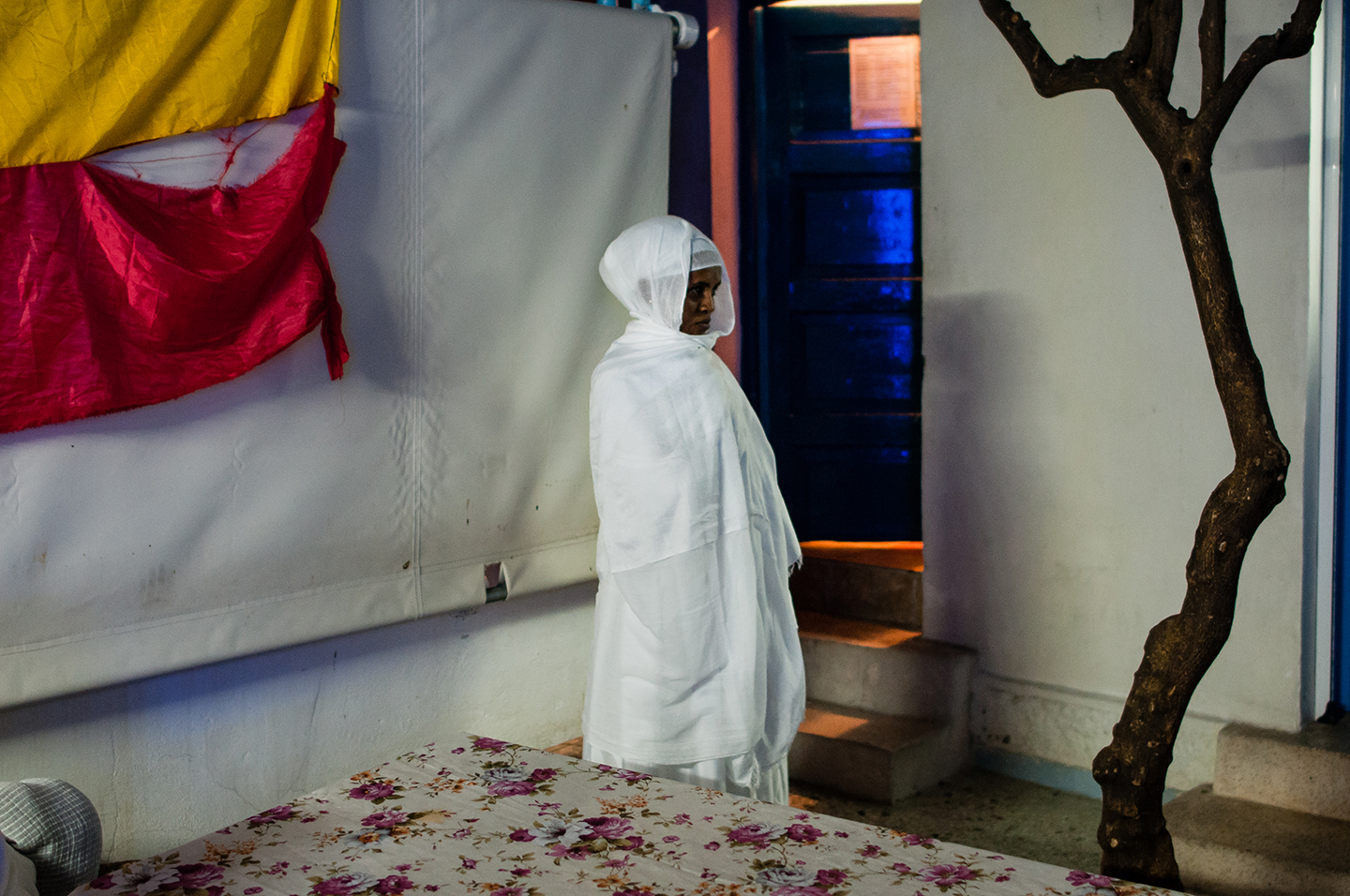




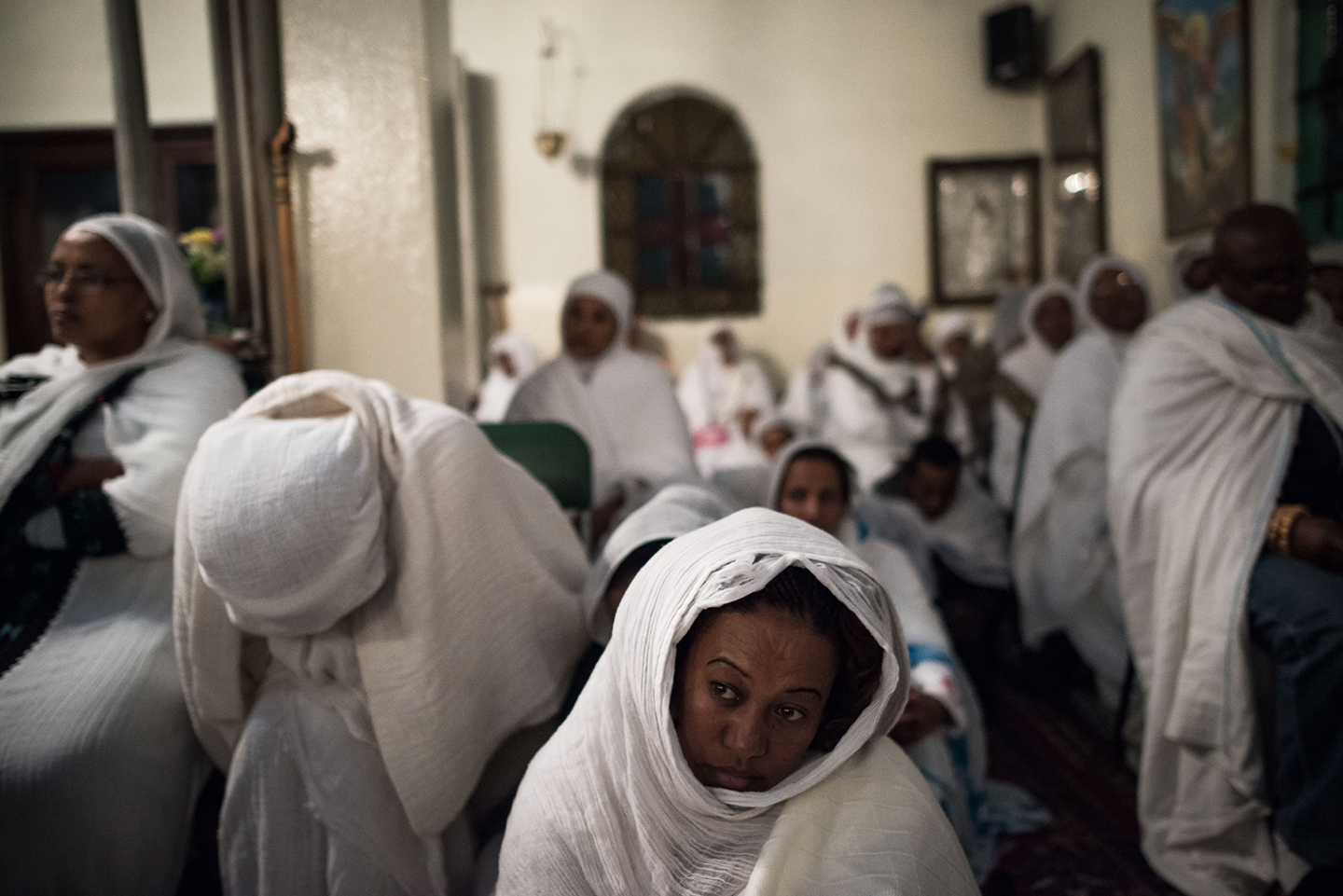
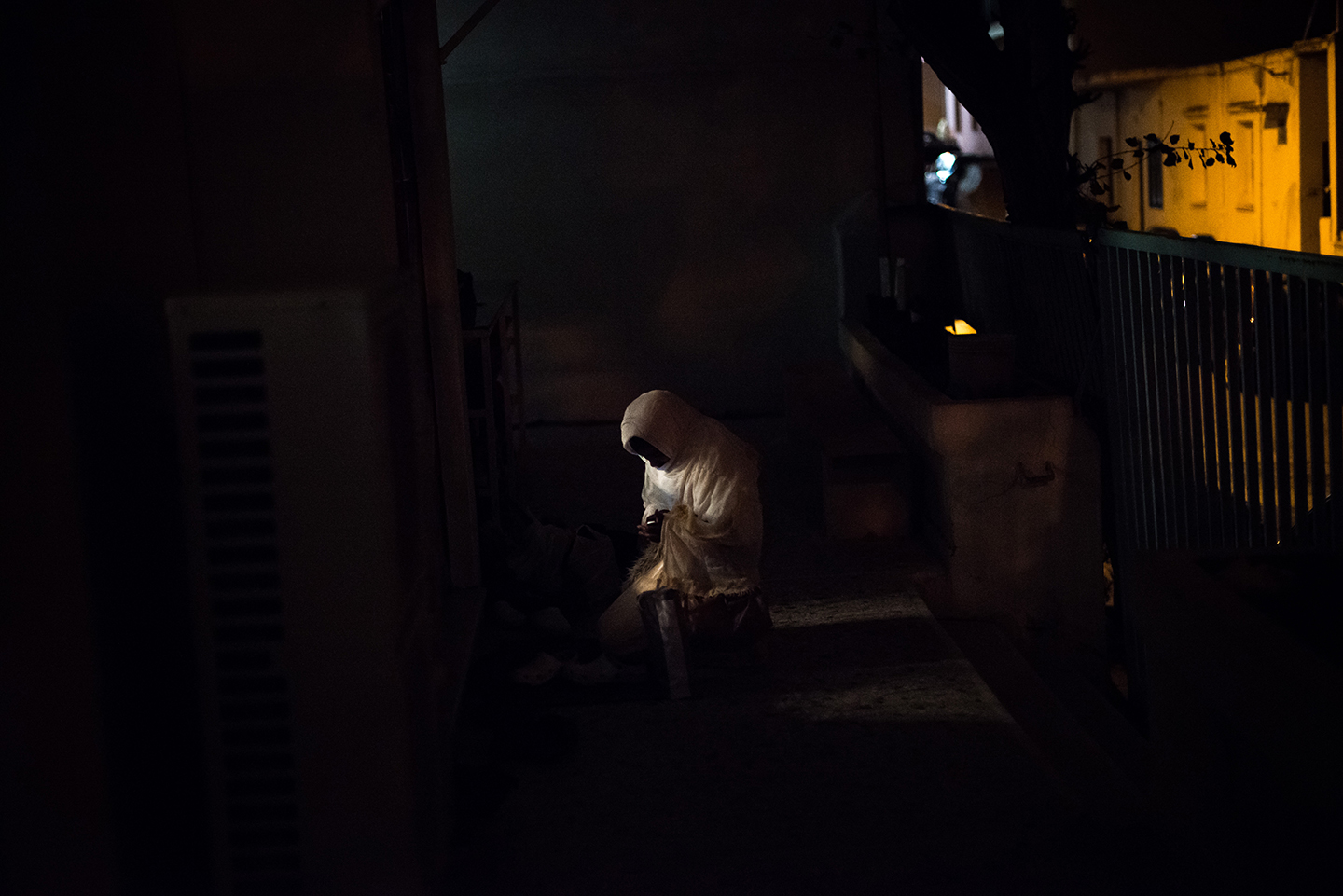
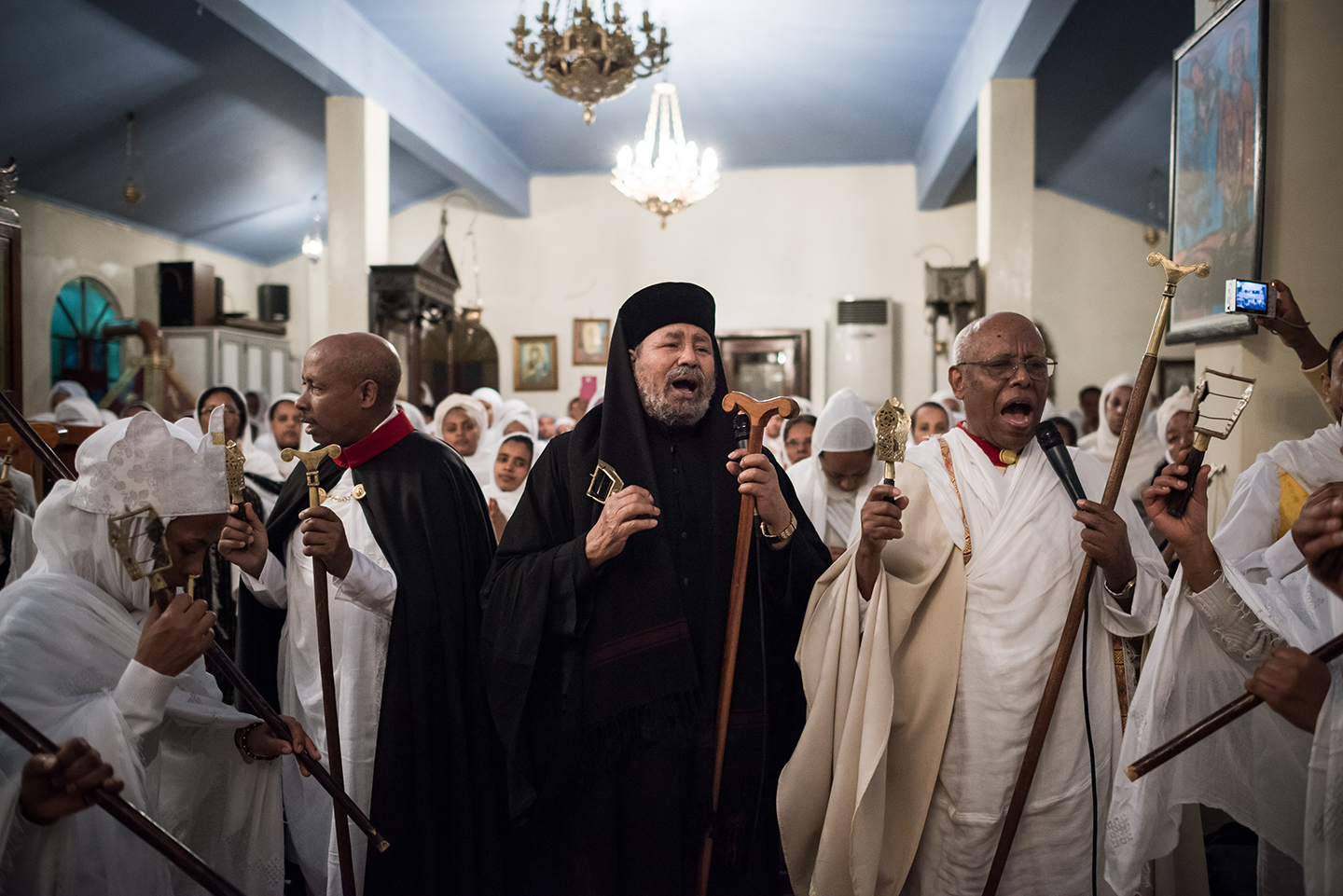






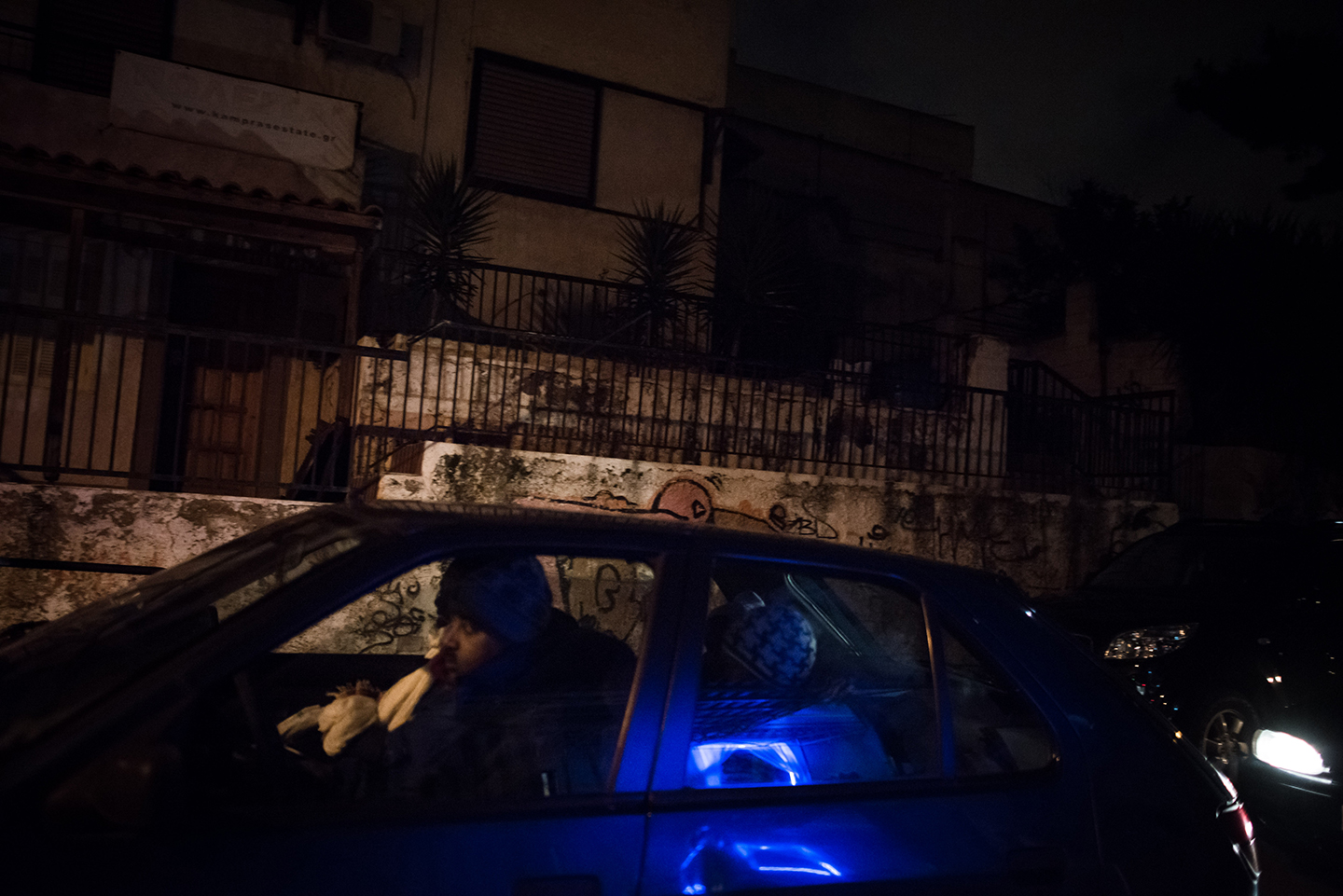
Christianity in Ethiopia dates to the 1st century AD. It is considered to be the first nation in the world to accept Christianity and this long tradition makes Ethiopia unique amongst sub-Saharan African countries.
Christianity in Ethiopia is divided into several groups.
The largest and oldest is the Ethiopian Orthodox Tewahedo Church.Ethiopia and especially the Ethiopian Orthodox Church use the old Julian calendar, celebrating Christmas on January 7th.The Ethiopian Orthodox Church's celebration of Christ's birth is called Ganna.
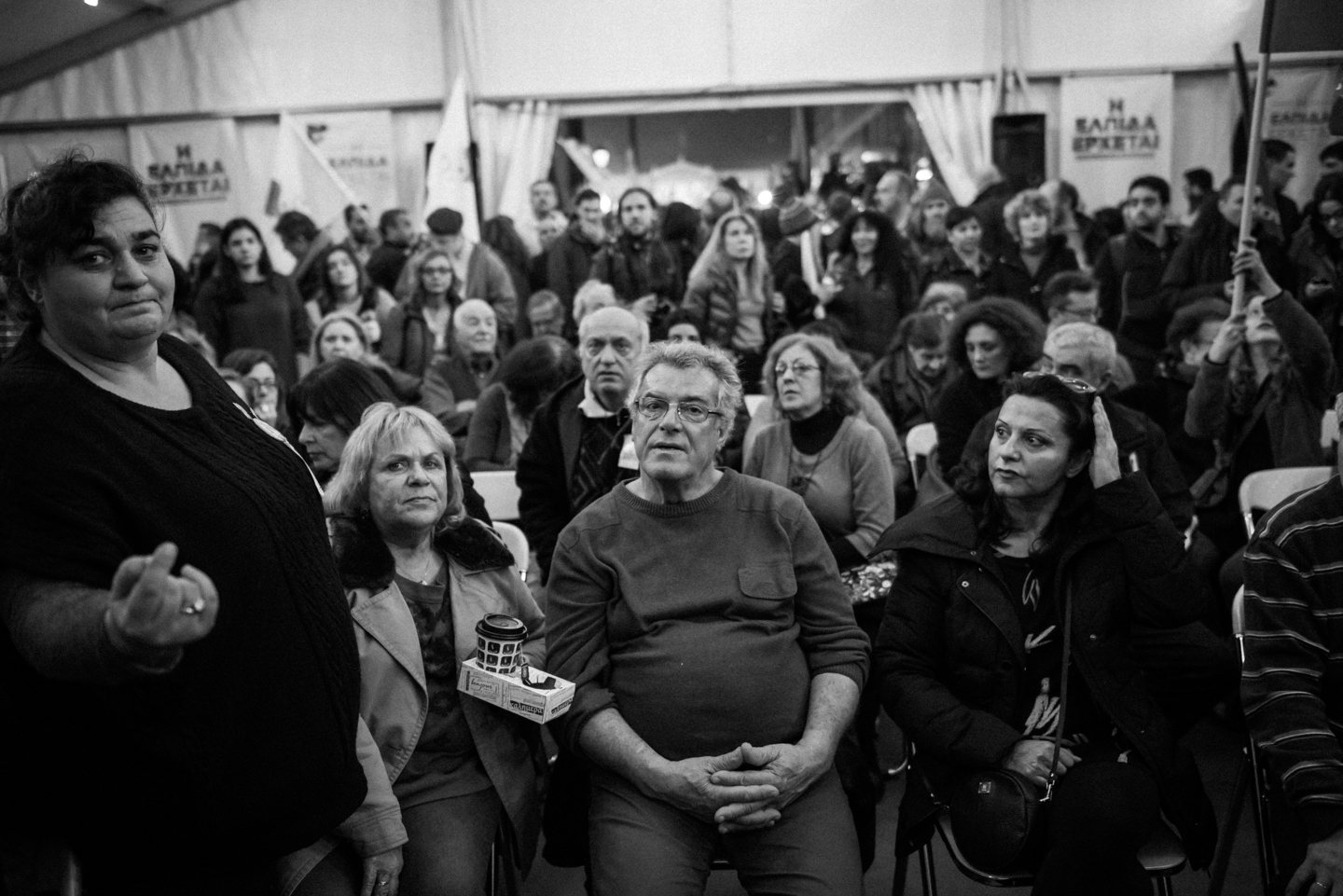

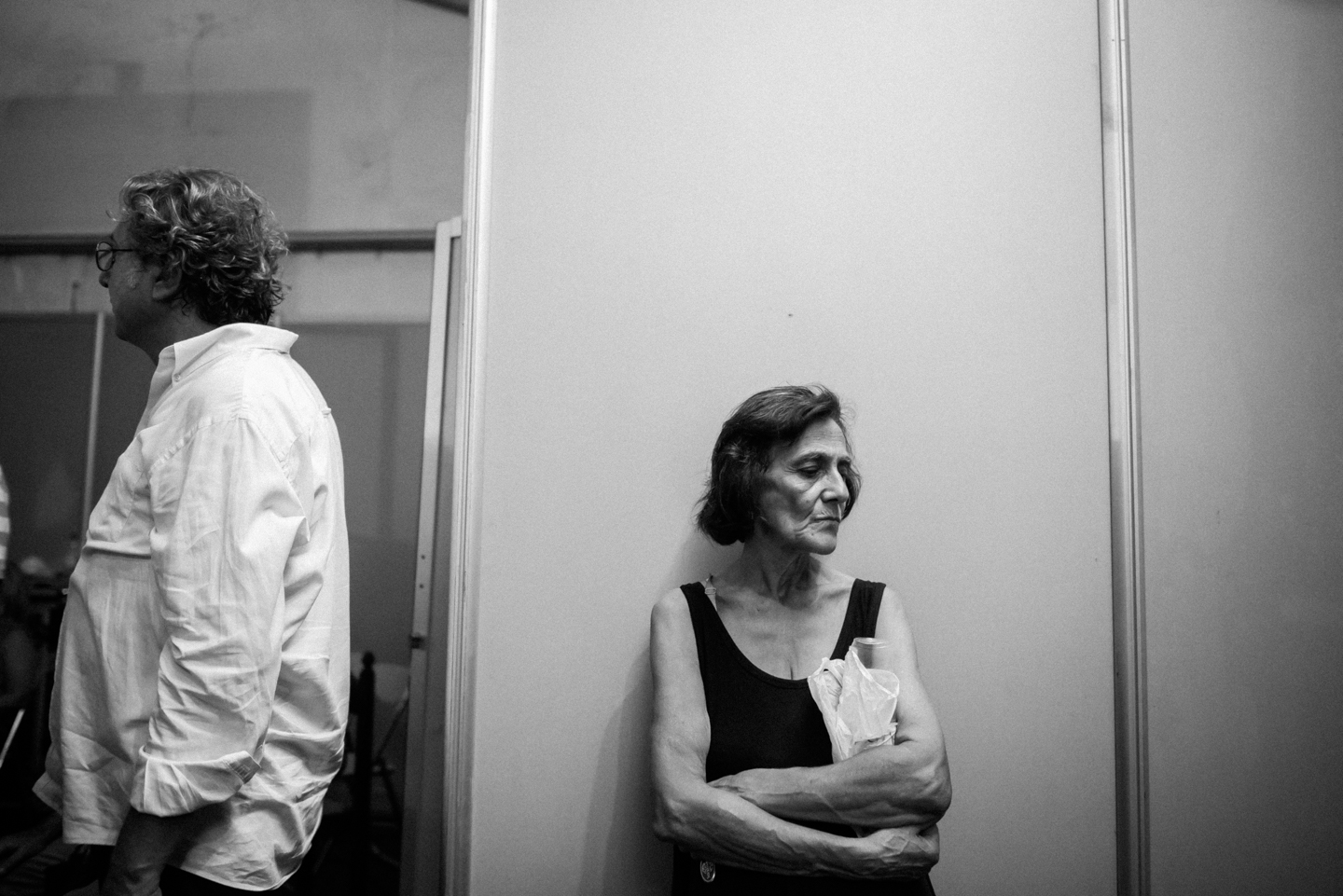



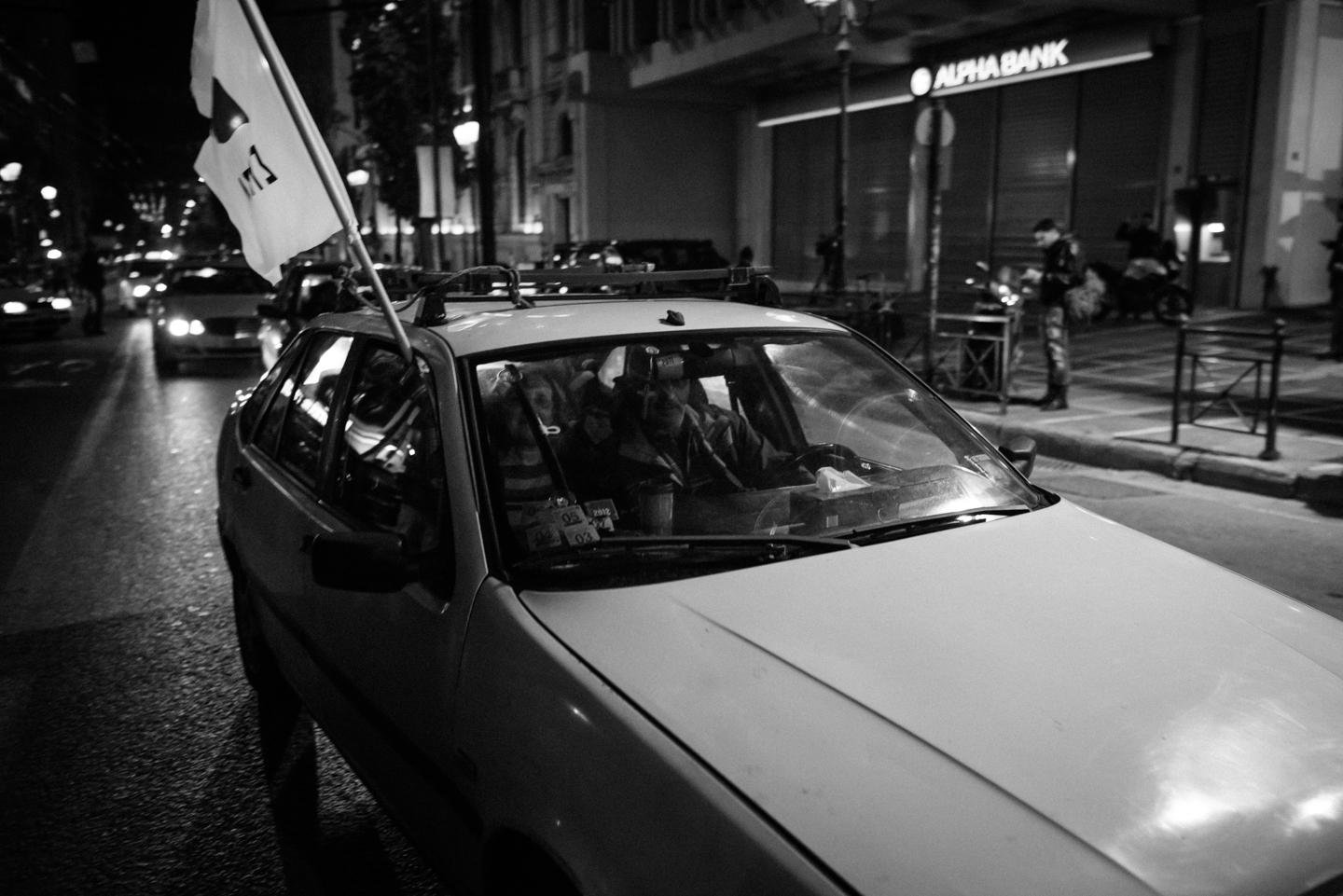
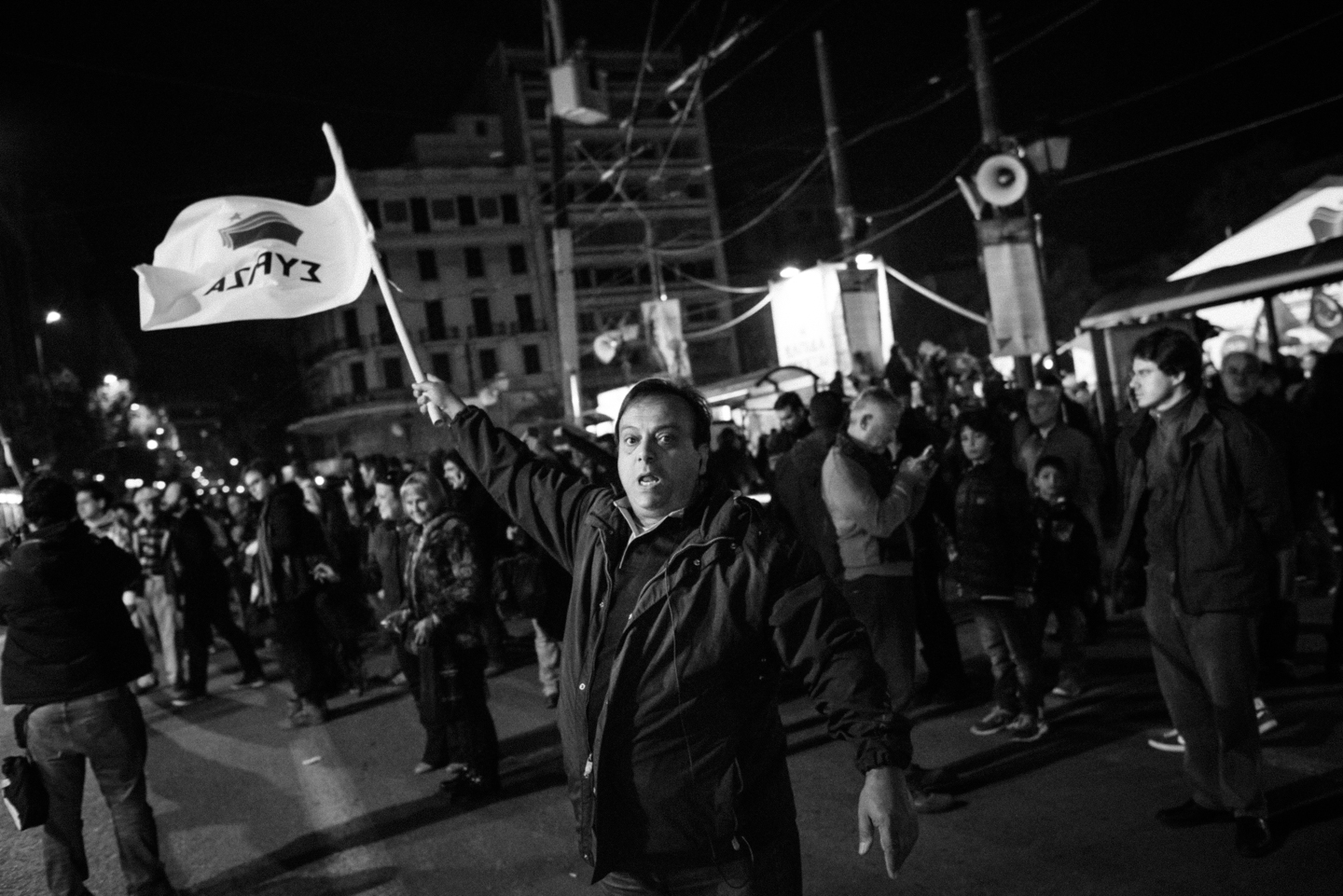
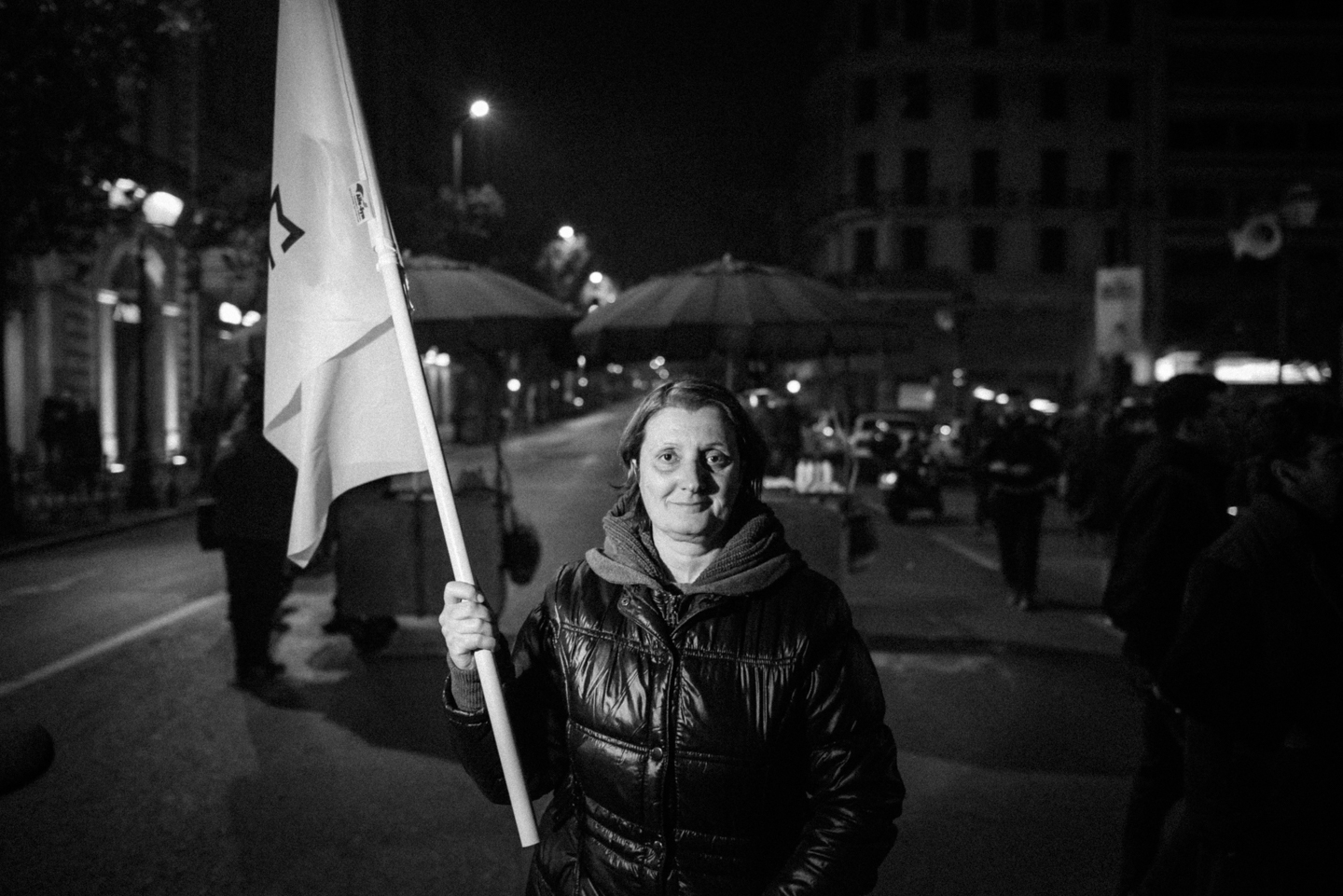
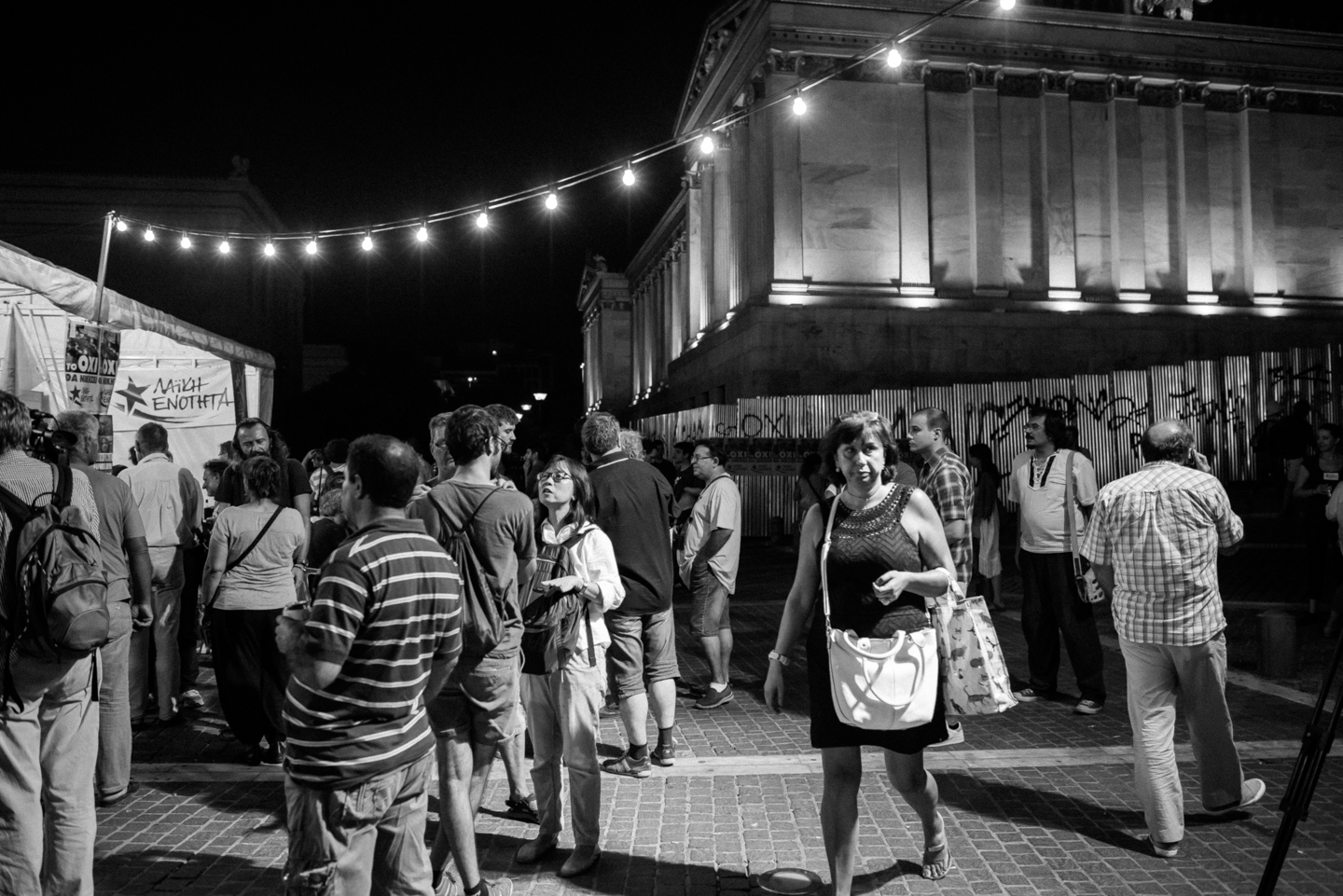
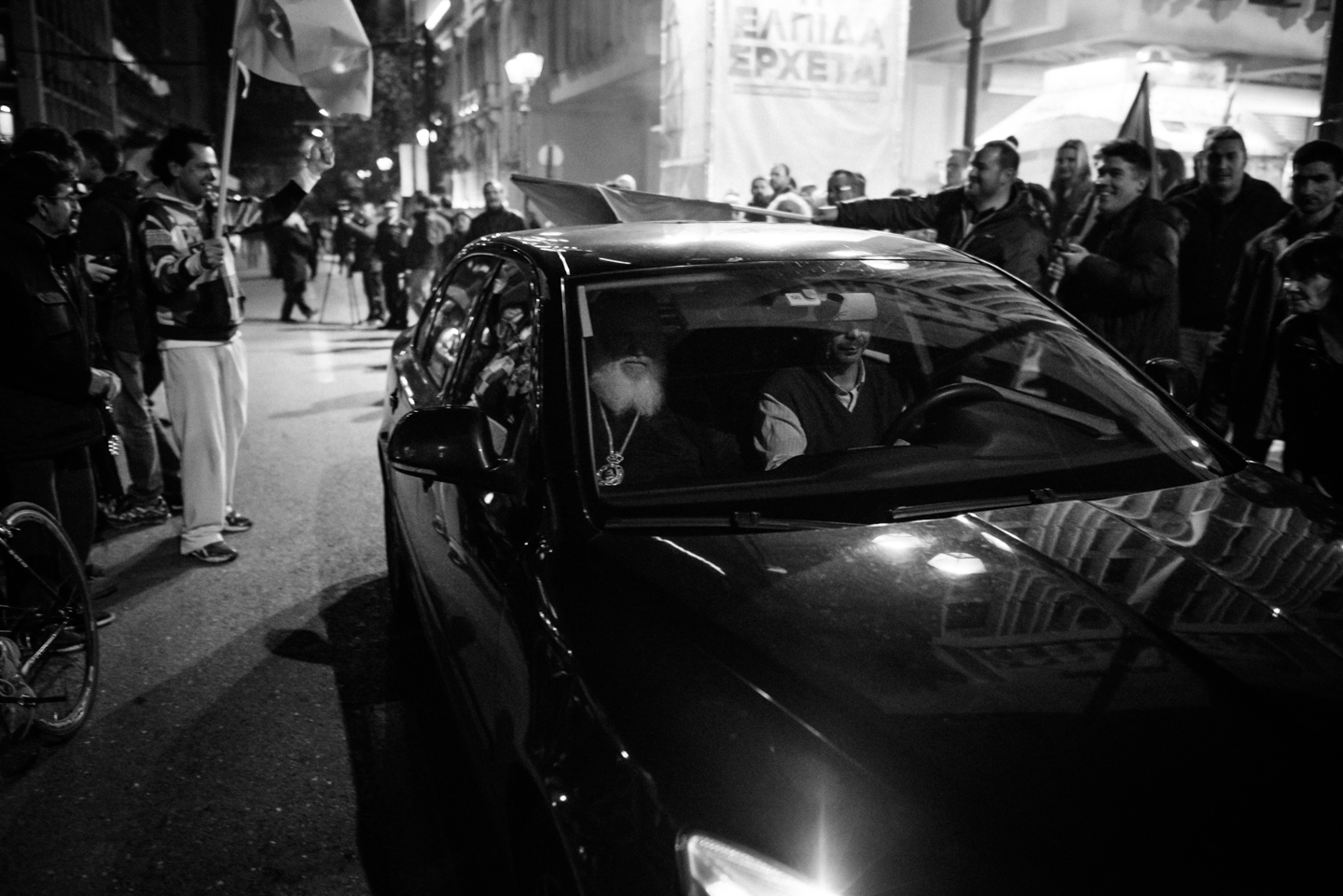







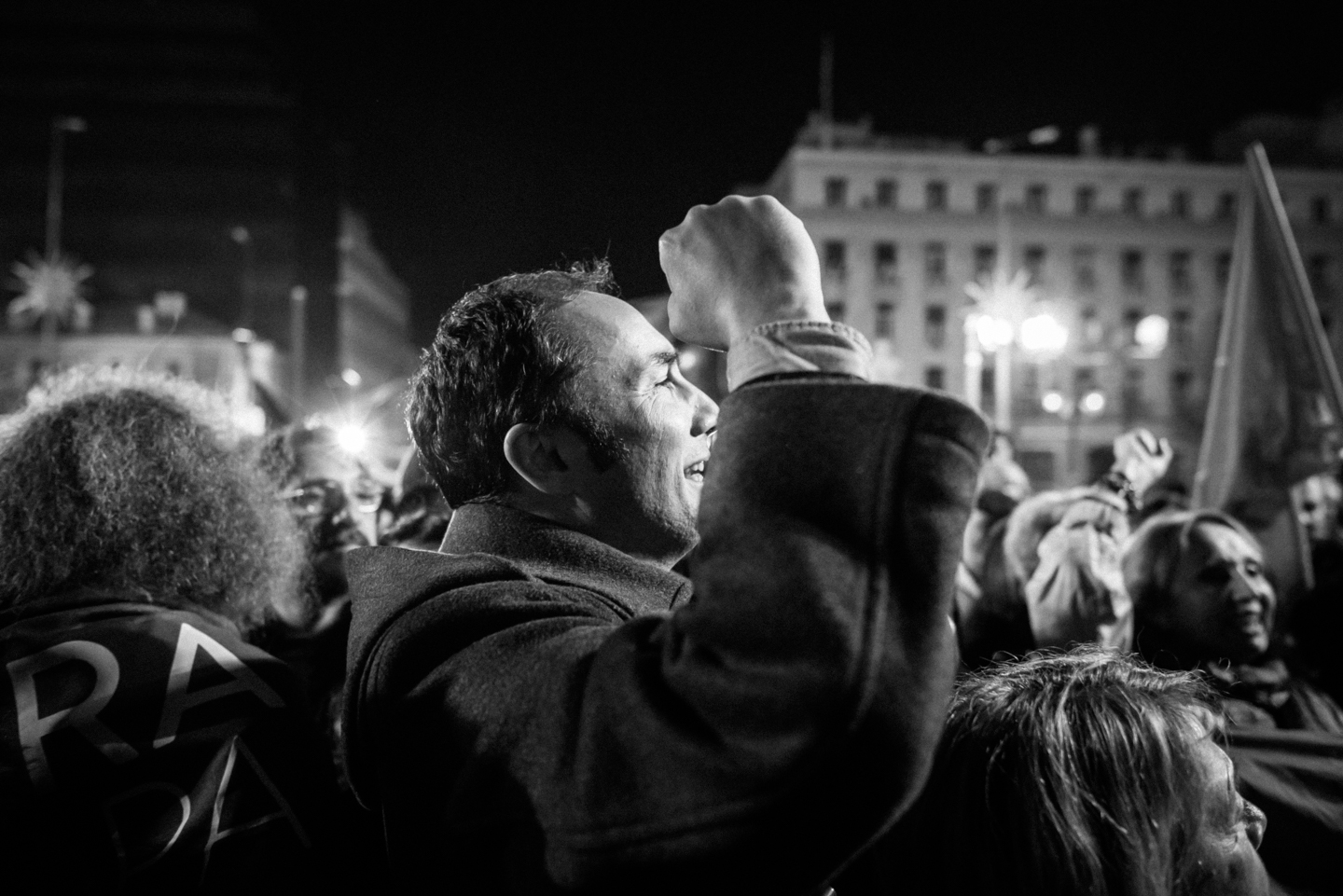






In 2015 Greece faced two legislative elections within 8 months:
January, 25: Left-wing party SYRIZA won a legislative election for the first time ever, securing 149 out of the 300 seats. Alexis Tsipras was sworn in as Prime Minister of Greece after reaching a coalition agreement right-wing populist Independent Greeks party. He became the youngest Prime Minister in Greek history since 1865.
September, 20: The election resulted in an unexpectedly-large second victory for SYRIZA which fell 6 seats short of an absolute majority and was able to reform its coalition government with the right-wing Independent Greeks (ANEL).
Turnout was exceptionally low at 56.6%, the lowest ever recorded in a Greek legislative election since the restoration of democracy in 1974.